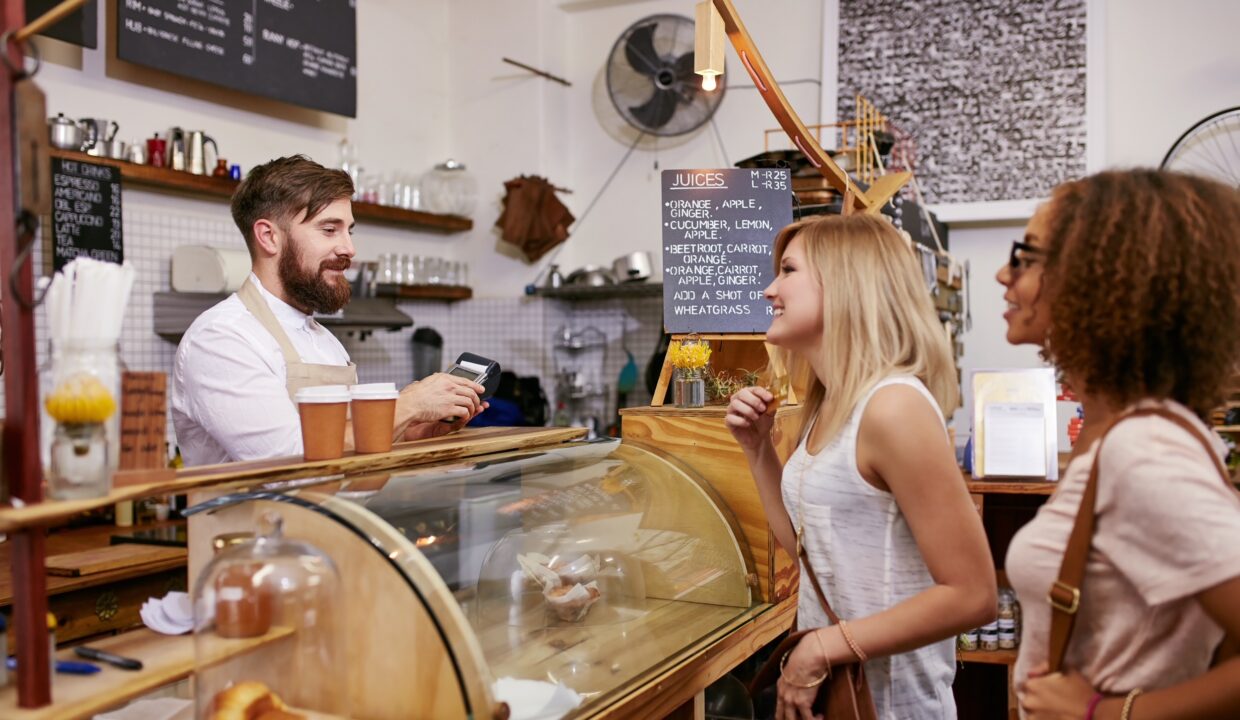
Supply and demand – It’s a tale as old as time.
This time it has never been more prevalent than in the last decade, where thriving businesses have been forced to reassess and adapt, while landlords have largely remained stagnant and increased pressure on their tenants.

A-Grade up and coming retailers sourced locations where their business would thrive. They conducted their research and made sure that the rental levels were in line with their business modelling. They opened their businesses and over time their decisions were vindicated, and they saw success.
However success follows success, and as the locations thrived so did their turnovers. Supply and demand kicked in, and as leases began to expire, landlords began to exercise their right to increase rentals in line with their tenants’ turnovers.
As this upward trend continued, it led to a High Street, where demand for retail space increased, putting upward pressure on rentals.
At this stage of the cycle, experienced operators with loyal customer bases and solid business models make the decision to relocate.Clear examples of this trend en masse can be seen in Noosa’s Hastings Street, where a majority of the original operators have moved to Noosaville or Noosa Junction, while the original location is dominated by national brands whose products are high margin, and therefore have a better affordability to pay a higher rent. This same trend can be seen in Richmond’s Bridge Road and Swan Street, and in Sydney’s inner suburbs.
We are definitely not saying that these retailers made the wrong location decision initially. We are saying that the ability to be adaptable and understand the changing retail property market is vital to retailers long term success. The pop-up model allows for increased flexibility for tenants, while landlords are able to fill the gaps in their revenue when any shift occurs.
For more information on location trends and datata head to the Local Intel page on pophub.com.au
